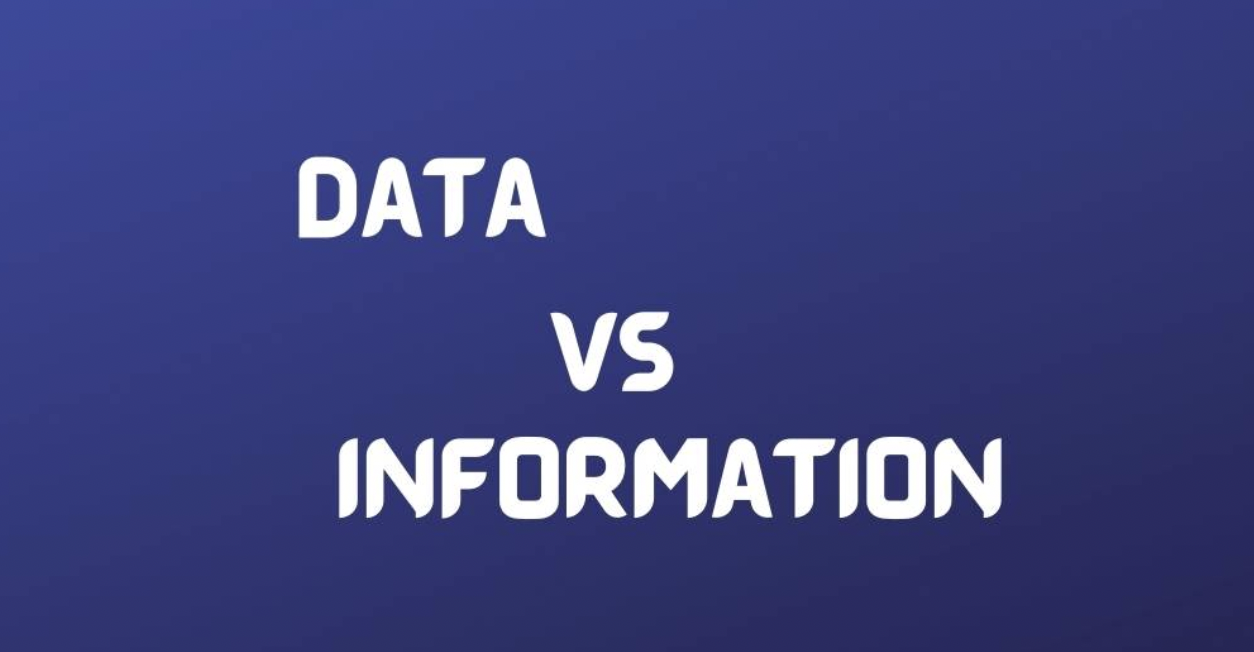In manufacturing, data and information play vital roles to ensure that production continues for commerce regardless of industry or sector. Data and information are terms that are often used interchangeably; however, they are not the same. Data refers to raw, unprocessed facts, figures, and measurements, while information is data that has been processed, analyzed, and organized into a meaningful form that can be used to make informed decisions.

Data can be generated in several ways or from various sources, such as manual inputs, sensors, or machines and robotics. Data can give us numerical values for line speed, product weight, temperature readings, fill levels, pressure measurements, machine runtime, and downtime, etc. Data gives us readings in the form of values without any context, data does not paint the full picture of what is occurring within a production process. Data can also be overwhelming and difficult to understand or interpret, especially if the data being produced is a large amount.
Data is practically useless unless we do something with it. To contextualize, we perform analytics on that dataset, contextualized data then turns into information. The information provides a clear picture of what is happening within a production process. Information can help to identify patterns, trends, and anomalies that may be affecting the production process. Using information allows us to focus on process/efficiency improvements, waste reductions, SPC/CPK analysis, labor allocation, and so on.

Information is useful because it tells a story of what is going on with the data. The best ways to visualize information are through charts, graphs, percentages, and alerts. For example, a production manager can use a Pareto chart to display the amount of downtime on a piece of equipment by total time, total occurrences, and total impact on the production via units/dollars lost. By analyzing the Pareto chart, the manager can make informed decisions to have his maintenance team focus on a component of the machine that is causing the most downtime. It is possible that the component is old and worn, maybe a subcomponent like a spring doesn’t provide the correct tension for a process to be performed on a widget. This would not have ever been known with data collection and information visualization. The information allows the manager to make informed decisions about maintenance and repairs.
Downtime visualization is not the only useful form of information, another way information can be visualized is through real-time dashboards. Dashboards provide operational metrics of how well their lines/machines are running in real time. Dashboards display information such as units per minute, the number of products produced, the total number of defects, product quality percentages, current SKU, adherence to schedule, upcoming production SKUs, changeover clocks, predictive root cause analysis, etc. By monitoring these metrics in real-time, frontline workers, supervisors, and managers can quickly identify any issues that may be affecting the production process and take corrective action.

The manufacturing landscape is changing at a rapid pace. Industry 4.0 is enabling a platform of cohesive information flow to the right place, at the right time, and to the right person. By leveraging advanced technologies, companies embracing technology adoption have a competitive edge over others in the marketplace. Companies leading the charge in this space are seeing a separation in market share from their competitors and providing a greater return to the stakeholders/shareholders. Real-time information and a better understanding of ‘what’s going on’ is empowering companies to be more agile and nimble, making faster decisions and finding areas of opportunity otherwise not known. Data is the first step to generating information, information is the key to unlocking the untapped potential within a company or organization.
